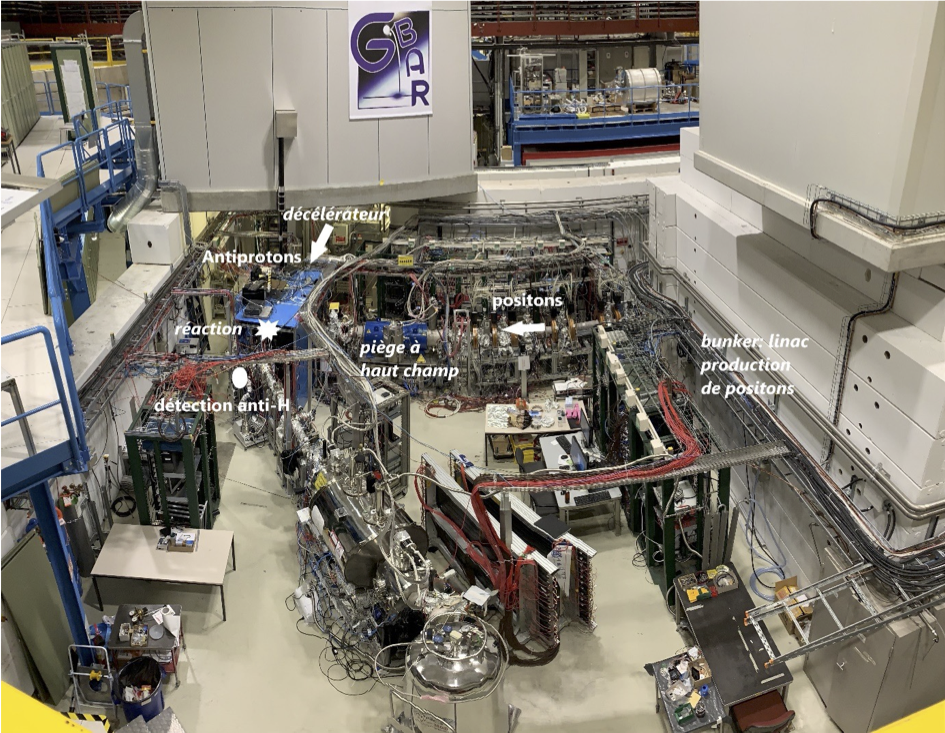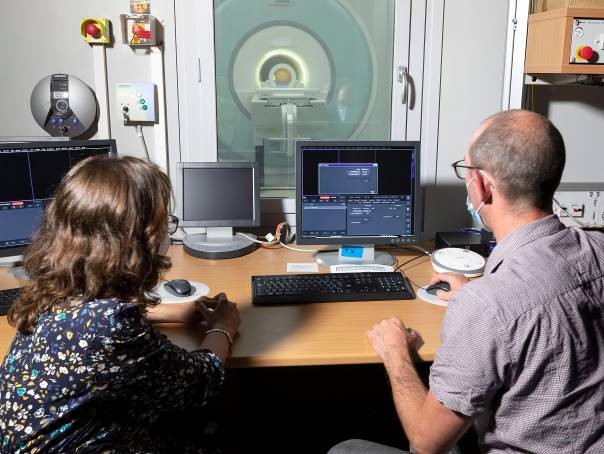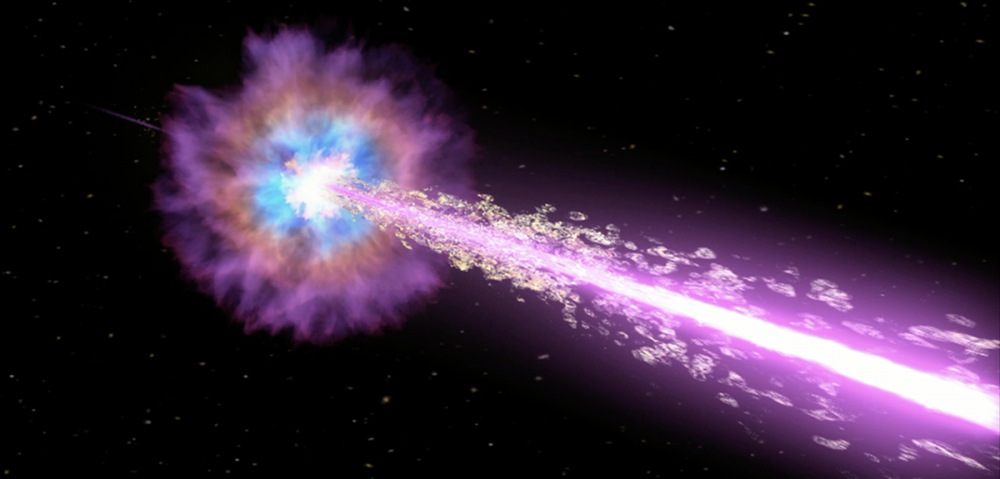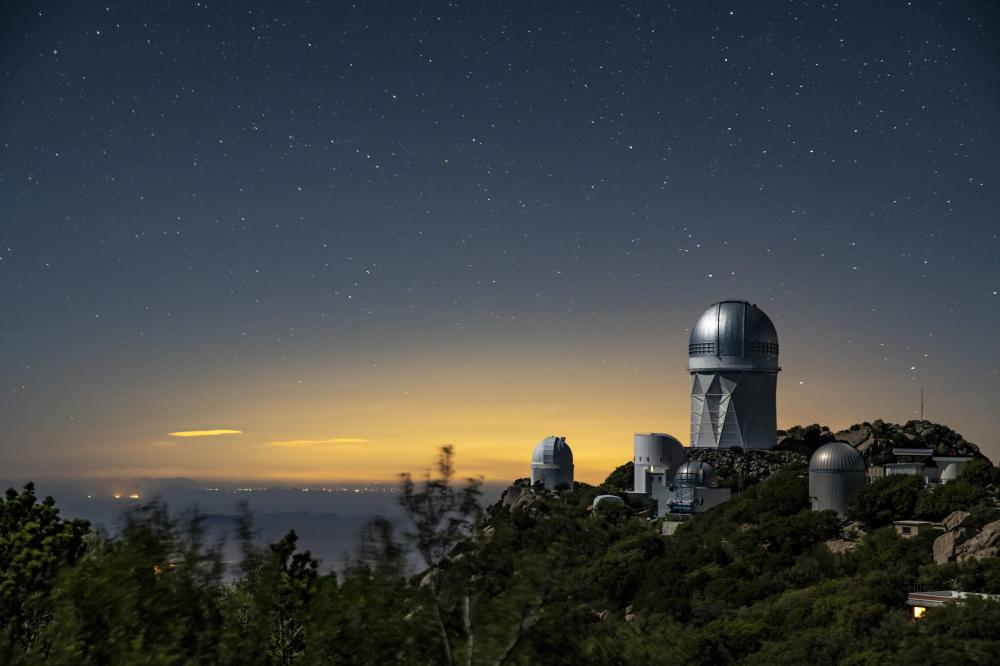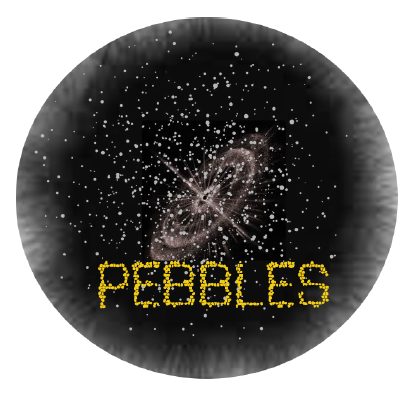Fermi-LAT telescope continues systematic γ-ray survey
NASA's Fermi satellite was launched in June 2008, and the Fermi-LAT telescope has been carrying out a systematic γ-ray survey of near-GeV energies covering most of the sky every 3 hours (and the whole sky in no more than a week) since August 2008.
The GBAR collaboration, to which the IRFU makes a major contribution, presented the results of its first data collection at CERN at the end of 2022 at the Moriond conferences in March 2023. For the first time, it observed the production of anti-hydrogen atoms resulting from the interaction of a beam of antiprotons supplied by CERN's Antiproton Decelerator (AD) and decelerated to an energy of 6 keV, with a cloud of positronium produced locally in the experiment. GBAR thus joins the very select club of experiments that have successfully synthesised anti-hydrogen atoms!
The ultimate aim of the GBAR experiment is to measure the acceleration of an anti-hydrogen atom in the Earth's gravity field, and compare it with that of ordinary matter. The Equivalence Principle, the basis of Einstein's General Relativity, states that all forms of matter and energy behave in the same way with respect to gravity. Since Galileo, falling-body experiments have tested this principle for different chemical elements of ordinary matter, confirming it with increasingly precise agreement. Recently, the MICROSCOPE satellite experiment verified it with a remarkable uncertainty of one part in 3x1015. But the action of gravity on antimatter has never yet been measured! Several indirect arguments suggest that antimatter should respect the Principle of Equivalence, and should therefore "fall" towards the Earth like matter. However, the relationship between matter and antimatter is intrinsically quantum, and the theory of gravitation does not sit well with quantum theory. So only experimental measurement can remove this doubt. Of course, the first step is to measure the sign, i.e. whether antimatter 'rises' while matter 'falls'. But even a small quantitative difference between the acceleration of antimatter and matter in free fall would be a revolution in physics
The commissioning of the 11.7 T Iseult MRI in 2021 crowned almost 20 years of AOC research and development. In an article published in the journal Magnetic Resonance Materials in Physics, Biology and Medicine, Nicolas Boulant and Lionel Quettier, Iseult project leaders for the CEA's Joliot and Irfu Institutes, review the details of this commissioning.
On October 9, 2022, at 13:16 and 59.99 seconds, a gamma-ray burst (GRB) dazzled almost all the X-ray and gamma ray detectors available at the time. Since their discovery, multi-wavelength telescopes in space and on the ground have continuously monitored these events. This outburst, named GRB221009A, shook the world community of astrophysicists, who have since been analysing it to understand the physical phenomena that triggered this most intense burst of energy in our history.
|
|
X-rays detection due to the scattering of light from the initial explosion of GRB 221009A by the dust of our galaxy, has led to the formation of expanding rings. This "movie" (in arbitrary colors) shows these rings formed by X-rays detected by NASA's Swift telescope. It was created by combining images captured over a 12-day period. Credit A. Beardmore, University of Leicester, NASA, Switf |
The Universe is immensely big, and getting bigger all the time. To study dark energy, the mysterious force behind the accelerating expansion of our Universe, scientists are using the large Dark Energy Spectroscopic Instrument (DESI) survey to map over 40 million galaxies, quasars and stars. Today, the collaboration has released its first batch of data, with nearly 2 million astrophysical objects for researchers to study. It is also publishing 15 papers on the scientific study of these data, and on the instrument, operations and validation of the survey observation strategy.
The data set (80 terabytes) comes from 2,480 exposures taken over six months during the so-called "survey validation" phase in 2020 and 2021 and processed in Python language on the supercomputer at the National Energy Research Scientific Computing Center (NERSC, Berkeley, USA). During this period, between the instrument's commissioning and the start of the official scientific campaign, researchers ensured that the instrument's performance would meet their scientific objectives - for example, by checking the time needed to observe galaxies of different luminosities, and validating the selection of astrophysical objects such as galaxies, quasars and stars to be observed.
Read the Berkeley press release : https://newscenter.lbl.gov/2023/06/13/desi-early-data-release-holds-nearly-two-million-objects/
The European Research Council has just announced the names of the winners of the Advanced Grant. This 2023 edition rewards in particular two researchers from the CEA's fundamental research department for their work in the fields of astrophysics and neuroscience. Anaëlle Maury is the leader of the PEBBLES project. This project consists of developing an innovative methodology to characterise the properties of dust around very young stars in the process of forming their proto-planetary disks. Dust is one of the key elements in the physical processes regulating the formation of stars and their planetary systems, but recent observations are overturning the models used until now to describe its evolution from submicron grains to pebbles. Observing and modelling the properties of dust grains during the earliest phases of disk formation promises to provide important insights into the conditions leading to the formation of solar systems such as our own. Through PEBBLES, the teams will use new dust models that are better suited to denser astrophysical environments and will use them in comparison with observations from space missions and ground-based observatories from the infrared to the millimetre range.


